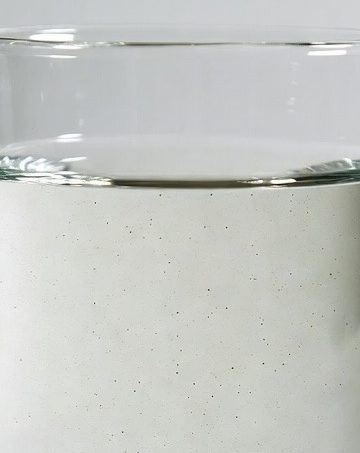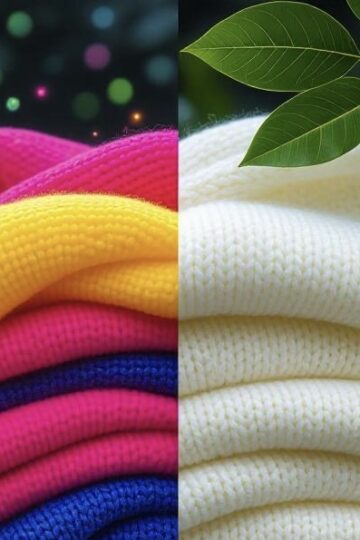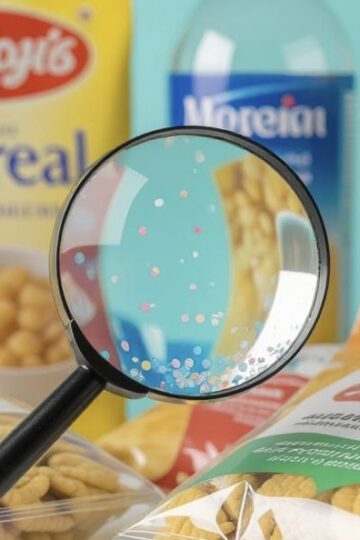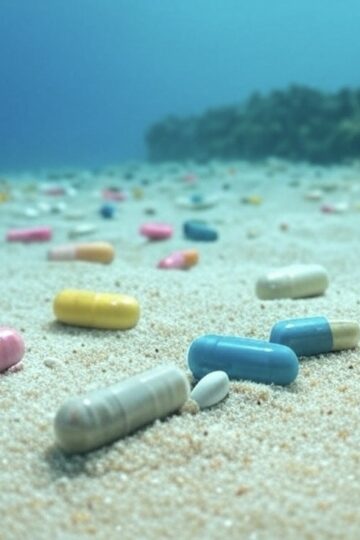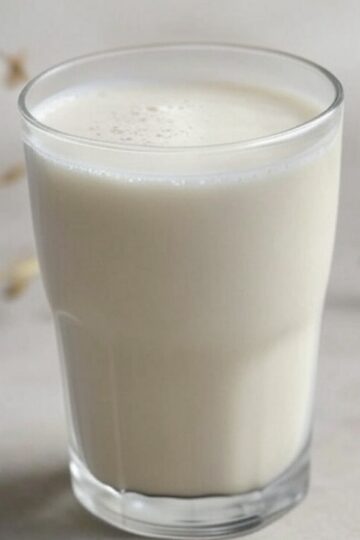Testing food and drinks for contaminants like PFAS, microplastics, and other harmful substances is essential for public health and environmental protection. PFAS, known as “forever chemicals,” and microplastics, which accumulate in the food web, pose significant risks to human health, including cancers, immune system disruption, and metabolic disorders. These pollutants enter food through packaging, water, […]
Tag: microplastics
Why Cotton Rugs & Carpets Are Better for Health and Planet
Cotton rugs beat synthetics for health and the environment. As a natural, breathable, hypoallergenic fiber, cotton reduces allergies, skin irritation, and indoor pollution by avoiding microplastics, VOCs, flame retardants, and off-gassing from polyester, polypropylene, or nylon. It prevents mold, improves air quality, and needs no HEPA filters for cleanup. Environmentally, cotton is biodegradable and eco-friendly—especially […]
Air Purifiers: Essential Shield vs Microplastics & Pollutants
Invisible threats like airborne microplastics, indoor pollutants, and environmental degradation harm our health, with studies showing we inhale up to 68,000 microplastic particles daily. These tiny synthetic fibers, along with dust, VOCs, and PM2.5 from wildfires, infiltrate homes, causing respiratory issues, heart disease, and even cancer. Air purifiers with HEPA filters capture 99% of particles […]
Synthetic Clothing Health Risks: Key Dangers & Impacts
Synthetic clothing, like polyester, nylon, and spandex, dominates fast fashion but poses health risks. Made from petrochemicals, these fabrics release toxic chemicals such as phthalates, bisphenols, and formaldehyde, which can disrupt hormones, cause skin irritation, and increase risks of diseases like thyroid issues, fertility problems, and cancers. Microplastics from these clothes shed during washing, polluting […]
Microplastics in Packaged Foods: Health Risks and Solutions
Microplastics and nanoplastics from plastic packaging contaminate packaged foods, especially processed items and beverages, posing health risks through ingestion. These tiny particles, formed by migration, leaching, or environmental pollution, carry toxic additives like phthalates and BPA, linked to inflammation, immune issues, infertility, and cancer risks. Advanced detection methods, such as FTIR and Raman spectroscopy, confirm […]
Synthetic Socks Health Risks: Toxins, Effects & Safer Options
Synthetic socks, made from polyester, nylon, and spandex, contain toxic chemicals like BPA, phthalates, PFAS, and disperse dyes, posing health risks through skin contact. These substances can cause allergic reactions, itchy skin, eczema, and fungal infections like athlete’s foot. Long-term exposure may lead to endocrine disruption, affecting hormones and increasing risks of infertility, obesity, type […]
Toxic Makeup: Harmful Ingredients & Clean Beauty Solutions
Toxic makeup contains harmful ingredients like parabens, phthalates, formaldehyde, lead, and PFAS, which can cause skin irritation, allergic reactions, endocrine disruption, and even cancer. The FDA’s lax regulations allow these chemicals in cosmetics, unlike stricter EU standards. Consumers face risks from bioaccumulation and environmental damage from microplastics and siloxanes. Clean beauty offers safer, non-toxic alternatives, […]
Pharmaceutical Pollution: Impact on Ocean Life & Ecosystems
Pharmaceuticals pollute oceans, harming marine life and ecosystems. Drug residues, like antibiotics and hormones, enter through wastewater, sewage, and runoff, contaminating water and accumulating in fish and shellfish. These chemicals disrupt hormones, alter fish behavior, and damage coral reefs. Microplastics worsen the issue by carrying drugs, increasing bioaccumulation. To reduce harm, we need better wastewater […]
Polyester: 70% of Clothing’s Petroleum-Carcinogen Crisis
In today’s global fashion landscape, a staggering statistic stands out: 70% of the world’s clothing is now made from polyester. This synthetic fiber, a plastic derived from petroleum, has woven itself into the fabric of modern life, dominating the textile industry with its affordability, versatility, and durability. Yet, beneath its widespread use lies a troubling […]
Oat Milk: Mostly Water, PFAs, and Contaminants Exposed
Oat milk has surged in popularity as a creamy, versatile plant-based milk, celebrated as a sustainable dairy alternative that caters to vegans, lactose-intolerant individuals, and environmentally conscious consumers alike. With its smooth texture and subtle sweetness, it’s become a staple in coffee shops, kitchens, and grocery aisles. However, beneath the frothy surface lies a complex […]

